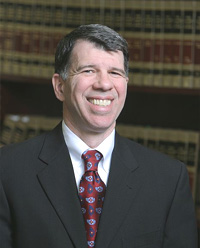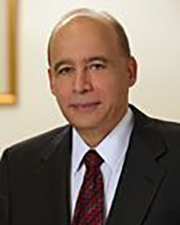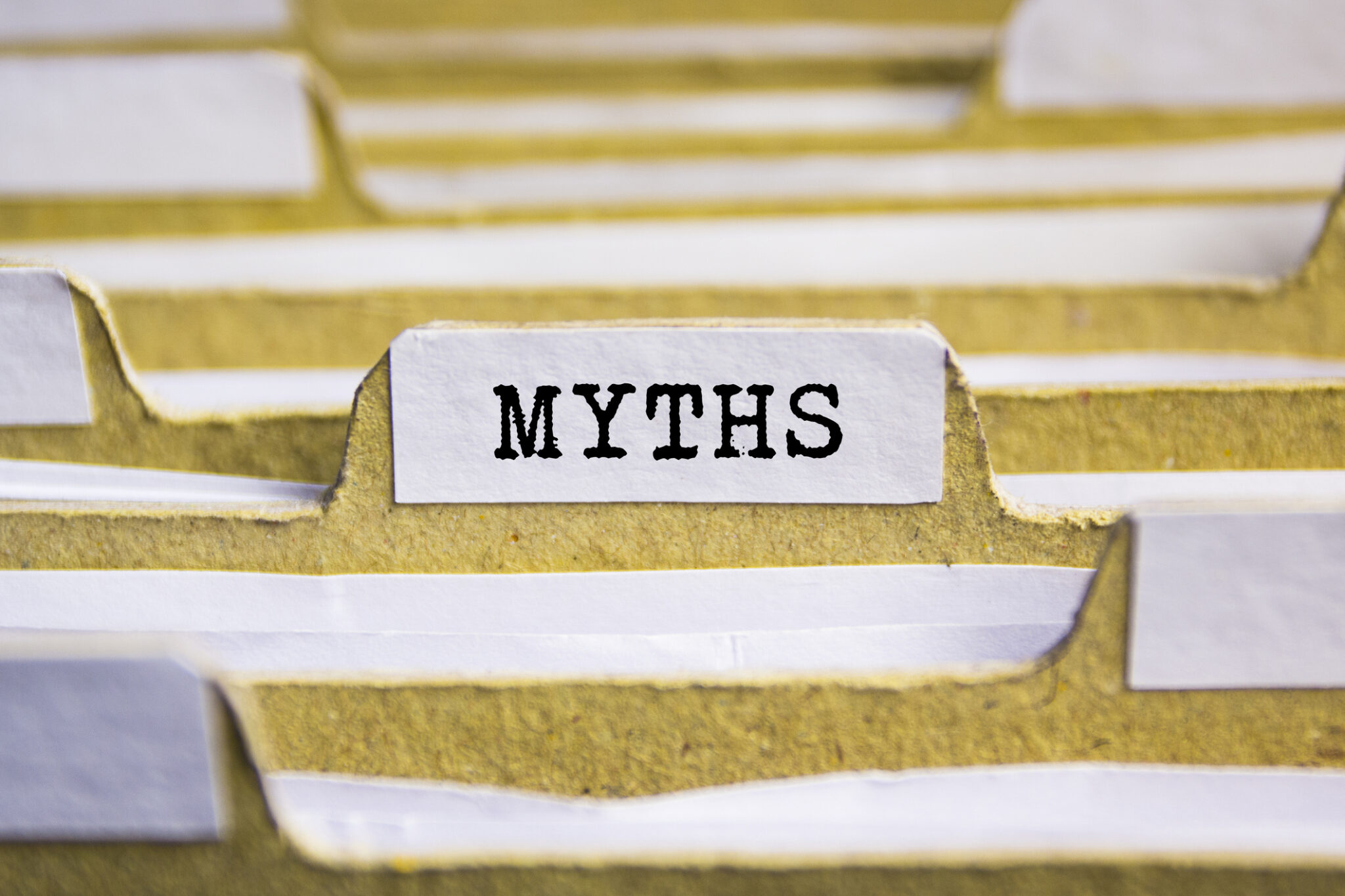Applying for FERS Disability Retirement (FDR) benefits comes at a vulnerable time for Federal Employees, and it can be easy to make a misstep based on common myths and misconceptions about the application process.
Below, we’ve addressed some of the most common FDR myths.
MYTH #1: Disability retirement is only for people who can’t work at all
One of the most common myths and misconceptions is that in order to be eligible to receive FERS Disability Retirement (FDR) benefits you need to be completely unable to work. In order to be eligible to receive FDR benefits, you must be able to demonstrate that as a result of illness or injury you are unable to perform useful and efficient service in your current position and that the impairment is expected to last at least a year. You also need to have worked as a federal employee for 18 months.
The metric is based solely on the duties and requirements of your own position. So many federal positions require specialized skills and training. Even if you are able to do a less complex position in another industry, inability to meet the requirements of your federal position could mean that you are eligible for FDR benefits.
MYTH #2: My agency isn’t involved in the FDR application process at all
Another misconception is related to the reasonable accommodation and reassignment process. This requirement necessitates that you cooperate with your Agency and medical providers. Your agency must indicate that it has considered you for any vacant position that you are eligible for in the same agency at the same grade or pay level, within the same commuting area.
In some instances, your agency may be able to offer an accommodation that is compatible with the symptoms and limitations of your condition. It is problematic for your FDR claim if you do not either attempt work with the offered accommodation or provide reasoning, based in medical evidence, why you cannot. However, this does not mean you need to accept any position offered to you by your Agency. If the position your Agency offers you is at a lower pay and grade or requires you to move, it is likely not harmful to your FDR application to decline, even if you are facing pressure from your Agency to accept the position.
MYTH # 3: I can keep working full time while I wait for my application to be approved
Everyone has heard stories of a coworker’s friend who continued to work full time at their position until they started to receive FERS Disability Retirement (FDR) benefits. While this may happen, it is rare and may be risky. When you are applying for FDR benefits, you are certifying that you are no longer able to perform the duties of your position. The best way to show this is through proving a service deficiency, and a common way to show that is through attendance. Prior to starting the application process, you must be ready to stop working, or significantly slow down.
Additionally, the most important aspect of an application for FERS disability retirement is medical documentation that supports your inability to work due to your medical condition. If you are continuing to work when your medical provider indicates you cannot, it weakens the strength of your claim. The longer you continue to work, the greater the impact.
MYTH # 4: I need to win Social Security Disability (SSD) benefits in order to get FDR benefits
Another misconception is the impact of other benefits on your FDR application. You are required to apply for Social Security Disability (SSD) benefits from the Social Security Administration. While it is not a requirement to win SSD, it is very beneficial for your claim
However, there is no requirement that you win your SSD claim. You do not need to appeal a denial decision, although, failure to do so could potentially be leaving money on the table. You can receive both FDR and SSD benefits. However, your FDR benefit is offset by your SSD benefits. For the first 12 months you are eligible to receive FDR benefits, your annuity will be offset by 100% of the SSD benefits you are eligible to receive. However, calculation of benefits changes at 12 months. Your FDR benefits will be 40% of your final high-three and will only be offset by 60% of any social security benefits you receive. For more information, check out our blog about how FDR benefits are calculated.
MYTH # 5: My doctor told me I’m disabled, so I know I’ll be approved
It’s important to enter the FDR application process with realistic expectations and an understanding of the specific definition of disability that applies. The definition that a medical provider has in mind when they say you are disabled may not match what OPM is looking for. You should make sure that you discuss your specific symptoms and difficulties at work with your healthcare providers. Having a detailed medical record that captures the full extent of your medical issues is much stronger than a conclusory statement with no support. Additionally, approval for SSD benefits or a 100% disability rating does not automatically mean you are disabled for the purposes of your FDR application. The definition of disabled for these benefit systems is different than for FDR.
MYTH #6: I’ve finally been approved, so I don’t need to keep treating with my doctors
Another myth is that the entire FDR process ends with your initial approval letter. It is essential that you continue to seek regular medical treatment for your disabling condition(s). Not only is this important for your health and wellbeing, but OPM will occasionally conduct a continuing disability review. You will need to be able to prove to OPM that you remain disabled for the purposes of your FDR benefit. Failure to engage in consistent, ongoing treatment will be interpreted by OPM as indication that you have recovered and are no longer disabled.
MYTH #7: I can’t return to work without losing my FDR benefits
Another myth is that you cannot return to work and still receive FDR benefits. You are allowed to work in the private sector and earn up to 80% of the current basic pay for the position you retired from. However, you should be cautious when reentering the workforce. If your new private sector position overlaps with the federal position you are retiring from, it could weaken a pending FDR application. If you return to work when you have been approved and are receiving pay status, you should monitor your income to ensure you do not surpass the income threshold. Each year OPM will conduct an annual income survey, and you need to be sure to report your income.
MYTH #8: The process for applying for benefits is so confusing and hard, and I can’t get any help
The process of seeking disability retirement is difficult for so many reasons, and the experience can feel very isolating. The FDR application process can seem like another mountain you need to climb alone. That does not need to be the case! An experienced attorney can help guide you through every step of the way.
Don’t let the common myths and misconceptions about the FERS Disability Retirement process get in the way of obtaining the benefits you deserve! At Andalman & Flynn, our attorneys have over 20 years of experience working with federal employees to obtain FERS Disability Retirement benefits. Please contact us to schedule a free consultation to learn more about how we can help.
About Andalman & Flynn, P.C.: Founded in 1998 in downtown Silver Spring, Maryland, Andalman & Flynn has forged a distinguished reputation for legal excellence. The firm represents individuals seeking disability benefits throughout the country and practices family law throughout Maryland and the District of Columbia. The firm focuses on cases that impact the rights of everyone, and are there for clients when responsive legal help is most critical. The firm has provided legal analysis on national and local television and radio, and their attorneys often testify before legislative bodies and are routinely invited to contribute to prominent legal publications. For more information about Andalman & Flynn, please visit the website at andalmanflynn.com or call 301.563.6685.







